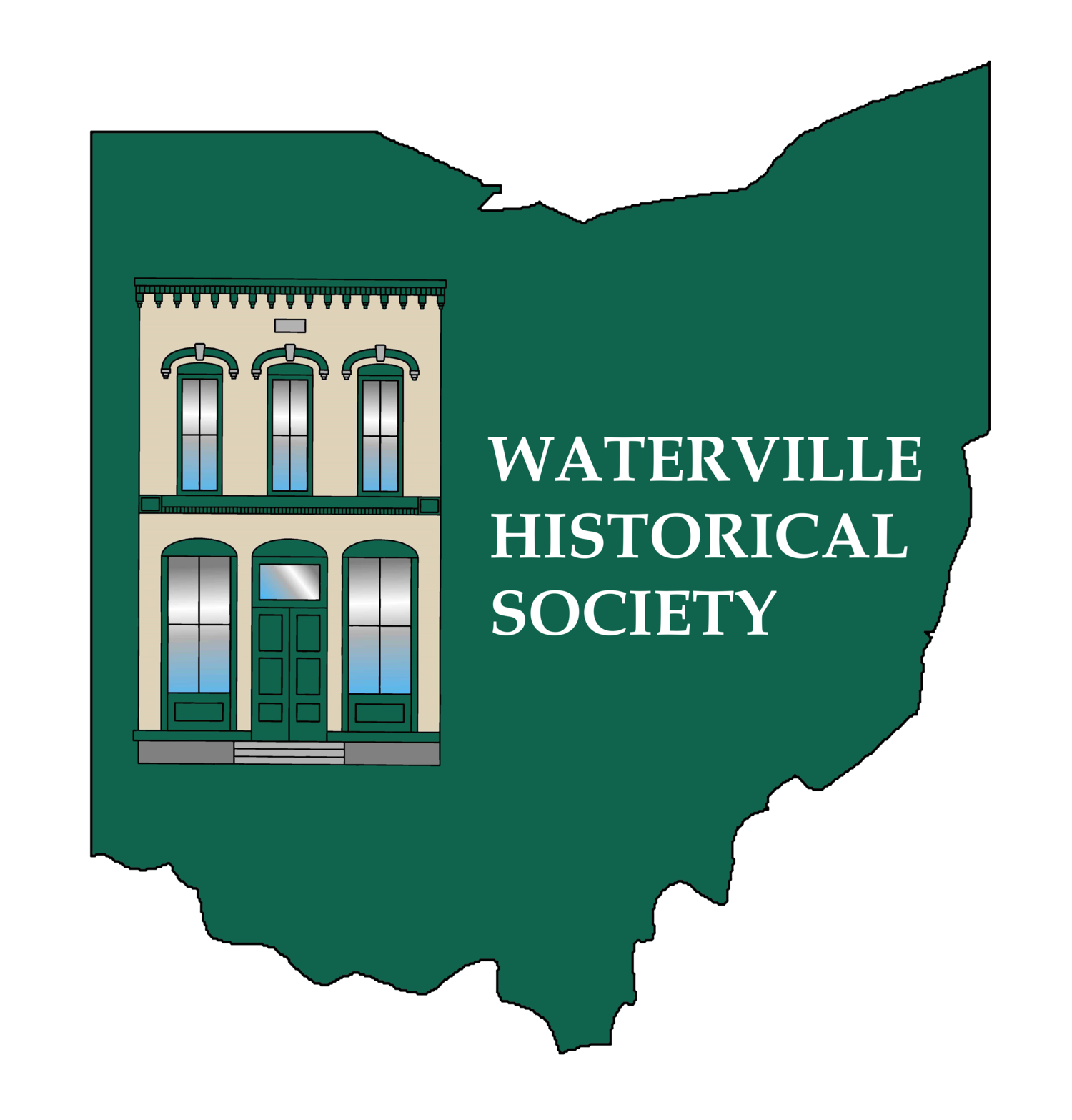THE FIBERGLASS CITY?
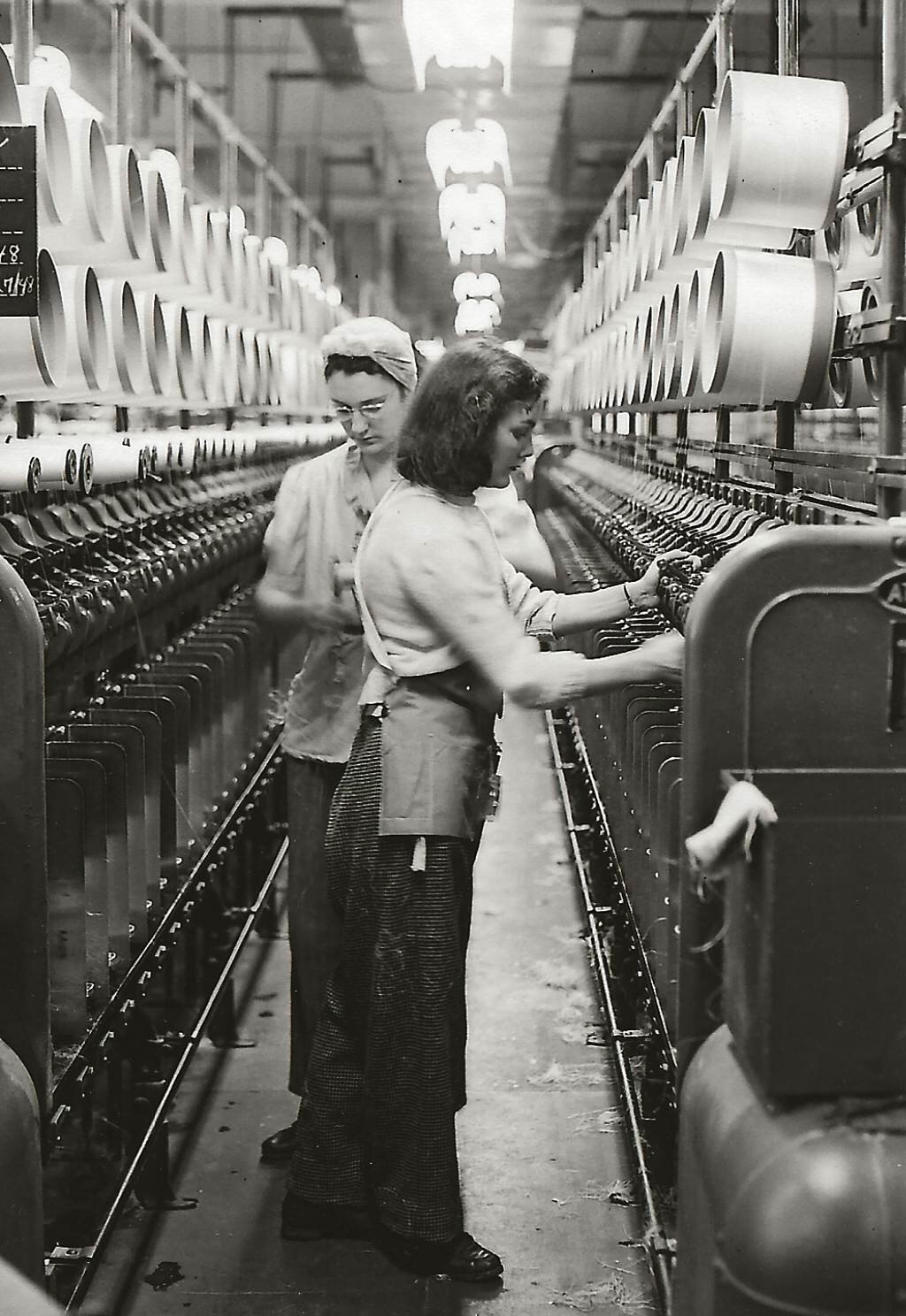
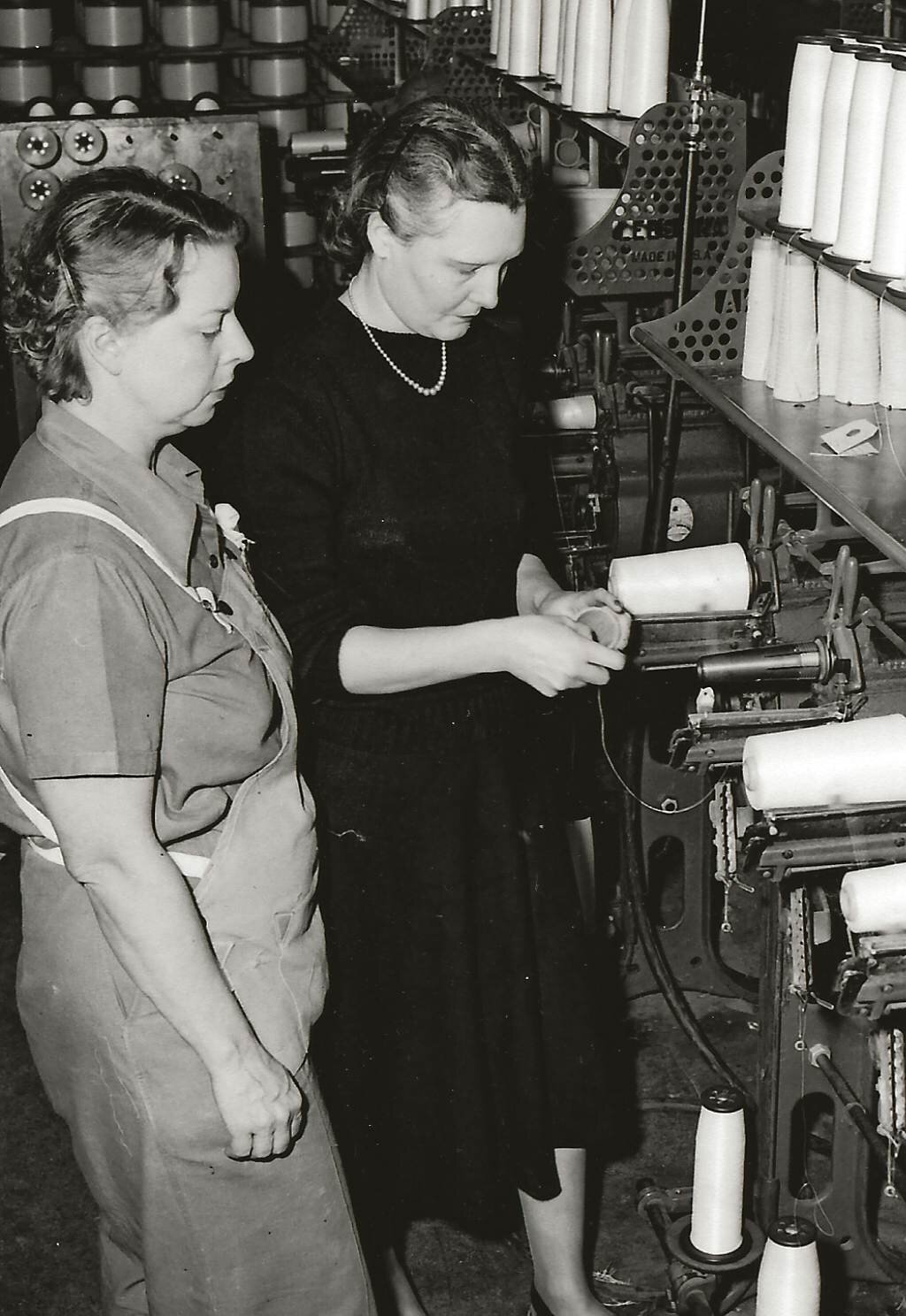
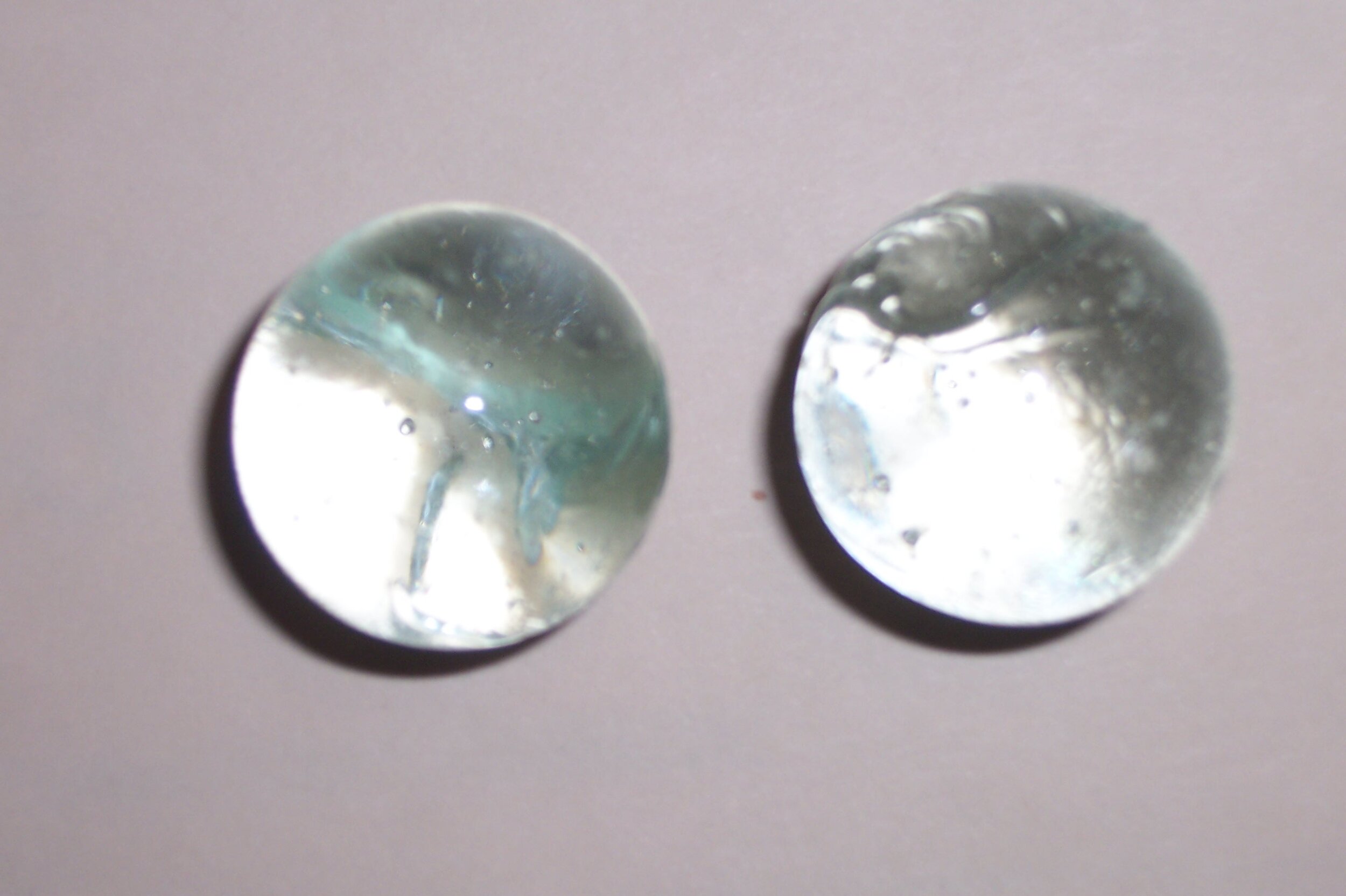
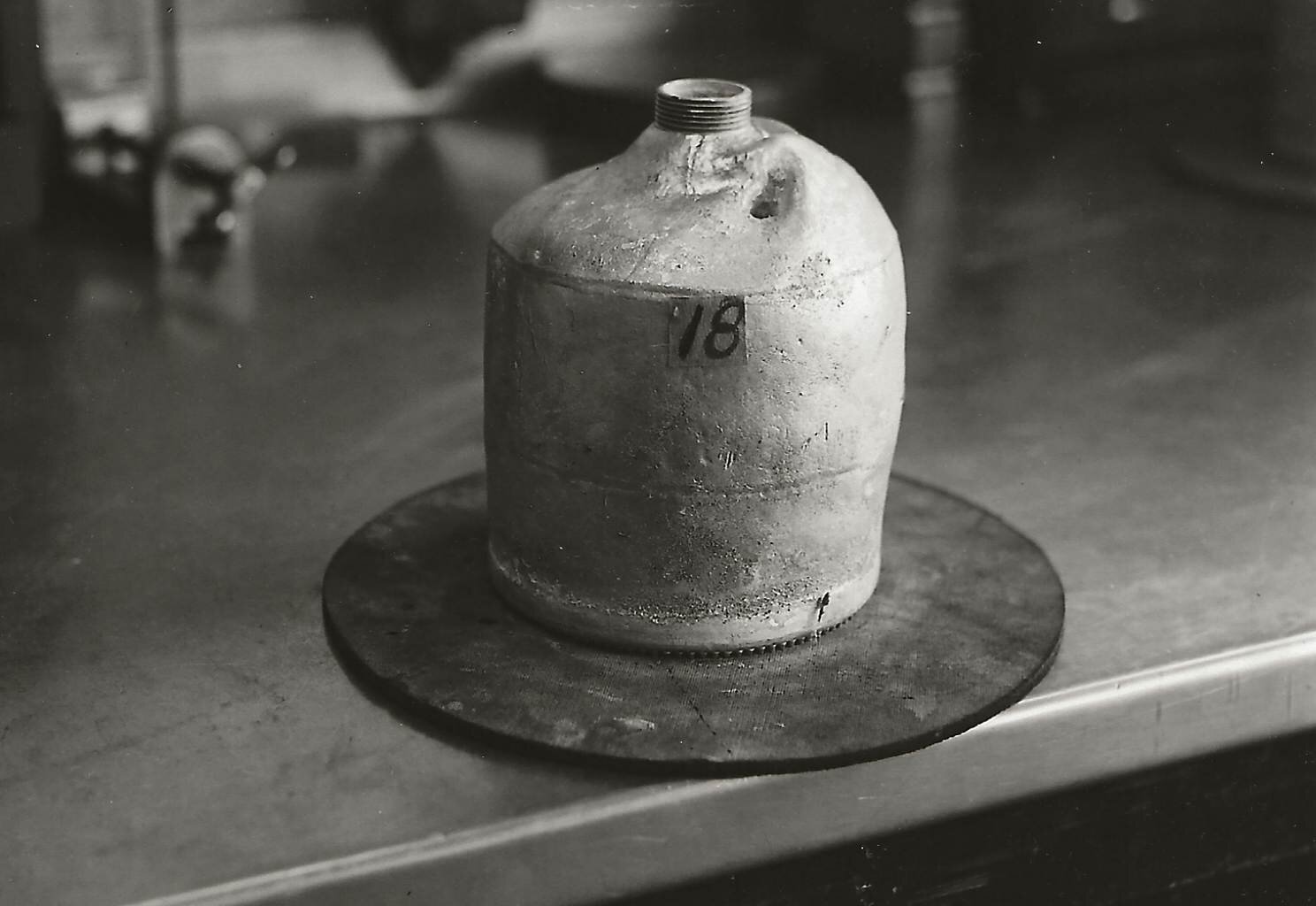
We might be. The production and commercialization of glass fibers began right here in Waterville. The idea of producing a flexible fiber from glass began with Owen Illinois Glass Company as early as 1931. During the next 10+ years, the manufacture of glass fibers was limited to rather short, coarse strands suitable for insulation, but unsuitable for the manufacture of glass cloth which required very thin fibers of unlimited length. I suppose WWII got in the way, but in 1944 Randolph H. Barnard, Dominick Labino and several others separated themselves from the Owen-Illinois Corp. to pursue the commercial production of glass fibers. They formed a corporation called Glass Fibers, Inc. with Barnard as President, several other ex-O-I people as corporate officers and one or more New York investors. Labino was the technical man. He was a well-known glass researcher with many patents, experimenting with glass formulas and production methods and he became Director of Research. A research facility operated in Toledo to perfect the process and design equipment to produce ultra-thin fibers from glass. By 1946 they were ready to go into production. A modest, modern building was built just north of Waterville at River Road and Stitt Road. The building was complete in February of 1946 and machinery, much of which was custom designed and built, installed by June. As production began, many local people were employed at this plant which was running three shifts, seven days a week. One hundred people were employed in 1946 with plans to expand to a least 150. A list of those employees, with address and hire date, is held in the Wakeman Archives.
The process involved making small batches of molten glass by melting a Labino formula of easily melted glass marbles in a platinum pot and forcing small threads of glass through holes in the pot. These threads are then stretched into a very small diameter filaments which can be twisted into a yarn of the desired diameter. These glass marbles are the raw material for fiber glass yarn and insulation to this day. This flexible glass fiber is known as “E-glass” and differs in chemical composition and manufacturing process from the fiberglass insulation produced for home insulation.
The Waterville plant only produced and sold glass yarn to manufacturers of a great variety of materials. It could be woven into electrical and pipe insulation, mixed with other fibers to form non-flammable material and was (and is) bonded with plastic resins to make anything from boats to car parts and many other uses.
Glass Fibers, Inc. later merged with a division of Libbey-Owens-Ford to form L.O.F. Glass Fibers that was sold in 1958 to Johns Manville, a worldwide corporation, who expanded fiberglass production and products around the globe. Dominick Labino stayed on as Vice President and Director of Research until retirement in 1965. He would continue as consultant another ten years. The local factory was expanded and continues to employ many local folks. In 1971 Johns Manville built a new headquarters building on Dutch Road along with an expanded research center. Today, that location also has a production facility.
One of the products produced only here in the Waterville facility and a direct result of Dominick Labino’s research are the insulating tiles, made from ultra-thin light weight silica fibers, used in the Gemini and Apollo spacecraft and the space shuttle reusable spacecraft to protect them from the searing heat of re-entry.
Dominick Labino is well-known and remembered in this community more for his work in starting and promoting the art glass movement than for his many patents and innovations in the glass and fiberglass industry. Many local people treasure their Labino glass art object. Labino died at age 76 at his Grand Rapids, Ohio home on January 10, 1987, and is buried in St.Patrick’s Cemetery in Grand Rapids.
Note: The photographs for this article were taken by Dorrance Talbut for the Standard newspaper in 1948. We would like to thank Gary Franks for his help with this article.
